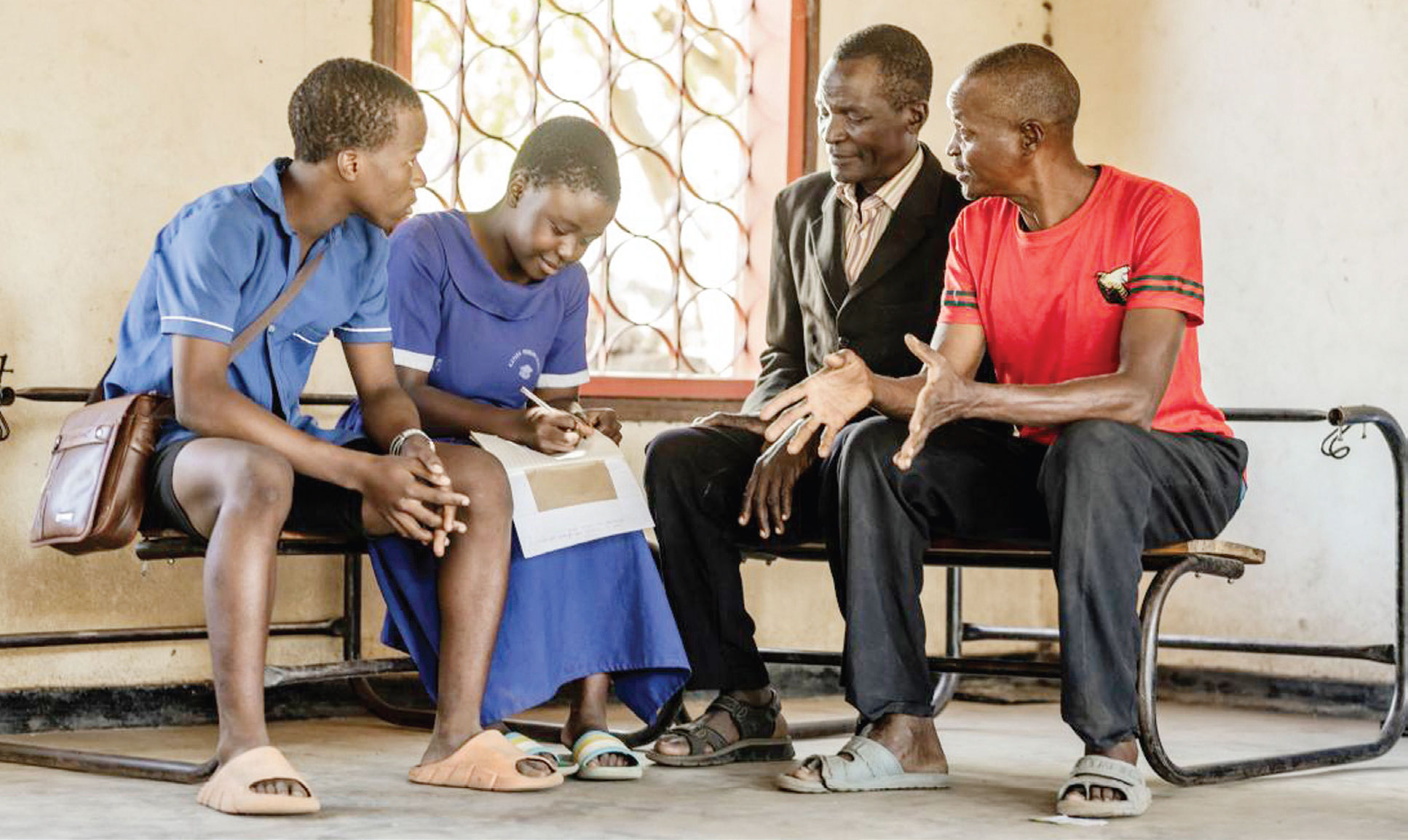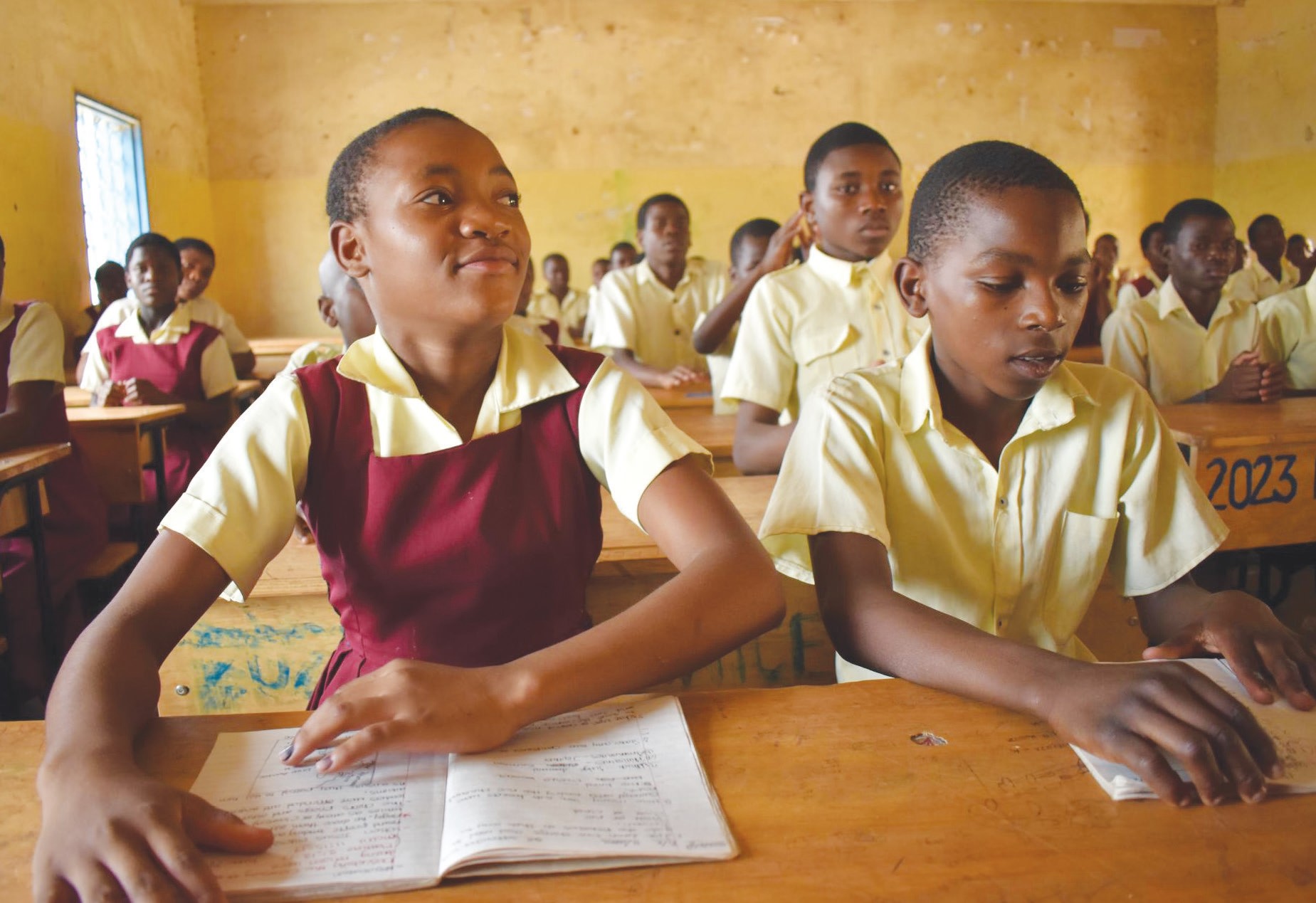Over 500 classrooms for Malawi pupils
 Chisomo Inoki should have been in Standard Seven had she not dropped out of school for a year. She is currently in Standard 6 at Kabudula Primary School, about 50 kilometres east of Lilongwe City.
Chisomo Inoki should have been in Standard Seven had she not dropped out of school for a year. She is currently in Standard 6 at Kabudula Primary School, about 50 kilometres east of Lilongwe City.
Chisomo started losing interest in school when she was in the first term of Standard Six. She absconded classes on a regular basis until the second term when her teacher realised she had stayed away from school for many weeks.
After following up with the parent teacher association (PTA), her teacher’s fears were confirmed; Chisomo had abandoned school altogether.
“I told them that life was unbearable at school,” Chisomo says.
“I saw nothing attractive in school. We had very few classrooms and almost half of the school was learning under trees. It was not easy since we had to endure all sorts of disturbances.”
As if learning under trees was not bad enough, things got even worse when it came to accessing sanitary facilities. Kabudula Primary School had six makeshift toilets catering for a population of one thousand pupils. Girls like Chisomo had to beg from owners of nearby houses to use their toilets.
“It did not surprise us when the number of pupils attending class, especially girls, started to dwindle. It was pathetic because we saw many girls withdrawing,’ said Felix Manzi, the head teacher.
Research has shown that girls are the most affected when a school lacks adequate sanitary facilities like toilets. It is also noted that as girls grow up, they need facilities that would guarantee them privacy.
Kabudula Primary School is situated less than one hundred metres from Kabudula Trading Centre. The bustling centre is noisy, especially during the tobacco selling season when farmers and tenants have enough disposable cash to indulge in social activities.
“Most pupils, especially girls, are disturbed by what happens at the trading centre and end up being drawn by the easy cash on offer,” says Manzi. “We have seen girls from this school, even boys; leave school for what they think is a better and enjoyable life.”
The allure of the trading centre is one of the reasons Chisomo left school.
“It was a factor but not the main reason that forced me out of school. I left because of the absence of basic facilities and learning in the open,” she says.
A few months after Chisomo left, Unicef commenced the construction of four classroom blocks under the Schools for Africa Programme. This increased the number of classrooms to 15.
Unicef also constructed ten toilets, completely transforming the learning environment.
“The classrooms have more space and a number of classes moved out of the trees into a modern learning environment. This improved things at this school,” says Manzi.
The classrooms constructed at Kabudula are part of school blocks that Unicef has provided the Malawian child. Under the Child Friendly Schools (CFS) initiative, Unicef has made available, through construction, over 566 classrooms to the Malawi pupil in 12 districts between 2006 and 2010.
The transformed environment at Kabudula did not lure back only Chisomo but even those who were in other schools. The result was an increase in enrolment.
“One notable change was seen in the increased enrolment rates, which jumped from 928 in the 2010/2011 academic year to 1 421 in the current academic calendar,” says the head teacher.
Panji Chamdimba, the education specialist at Unicef Malawi, says CFS works towards ensuring that a school creates an environment where smooth teaching and learning processes take place without any disturbances.
“Under CFS, Unicef together with other education stakeholders work towards ensuring that a school creates safe spaces for boys and girls, makes pupils and their teachers feel safe on the way to and from school as well as at home,” says Chamdimba.
Ultimately, Chamdimba says such a school is able to increase enrolment, reduce absenteeism and bring more disadvantaged children back to school. Construction under CFS comes as a package with provision of sanitary facilities and at least a teacher’s house. One hundred and nineteen school sanitation and hygiene facilities, which add up to 1 190 pit latrines, have been constructed to help reduce diarrhoea and other diseases that can stop children from going to school.
Additionally, Unicef has also contributed towards improvement of education standards in the country through rehabilitation of 62 classrooms, construction of 88 new staff houses, 11 libraries and two administration blocks.
Unicef officially handed over these facilities last week driven by the belief that a school environment should give a reason or two to a pupil to return the next day.





